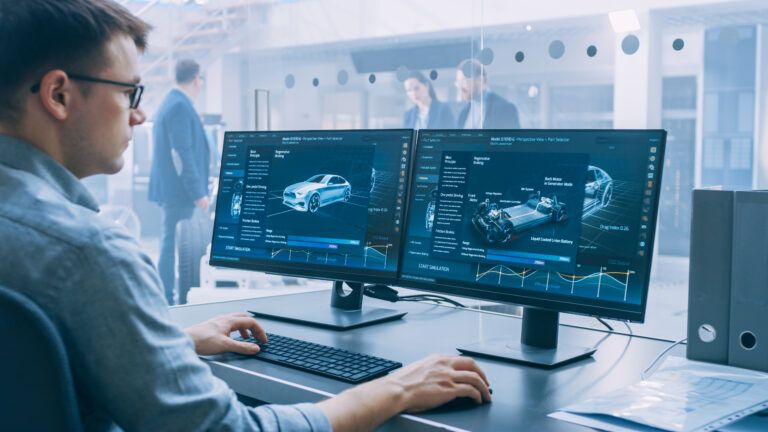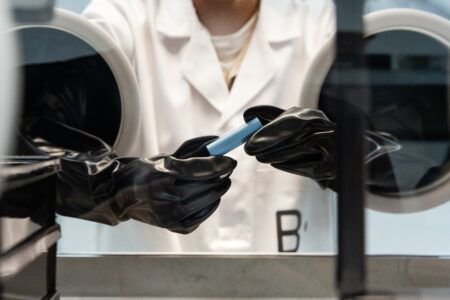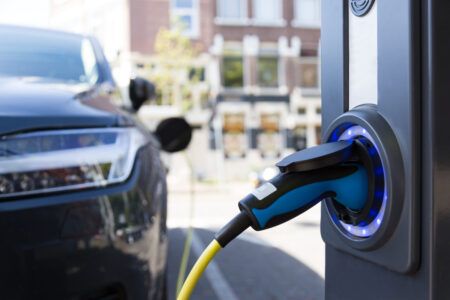Car manufacturer Stellantis and CEA have presented the first advances of their collaboration in the field of digital modeling of batteries.
These models, which make it possible to analyze charging time strategies and the mechanisms of battery degradation, are intended to increase their lifespan for customers, and to better control the environmental impacts of the various battery technologies in the five years to come.
“We are happy to benefit from the expertise of the CEA”, said Nicolas Champetier, senior vice president advanced engineering propulsion systems, Stellantis. “This work on digital modeling will have a positive impact on the performance and cost of use of batteries for customers”.
As presented in its strategic plan Dare Forward, Stellantis aims to build on cutting-edge ideas to offer its customers innovative, clean, safe, and affordable mobility solutions. In its electrification strategy, technological partnerships with key companies have a key role in enabling Stellantis to become the industry champion in the fight against climate change. In particular, thanks to state-of-the-art battery technologies in terms of energy efficiency and cost-in-use for customers.
“The CEA is proud to provide Stellantis with its technological expertise, considering all stages of the product life cycle, from its design to its end of life”, said Stephane Siebert, Director of Technological Research, CEA.
A major player in innovation, the CEA’s mission is to promote the technologies it develops to support the competitiveness of companies and national technological sovereignty. At the same time, the search for economic and environmental optima of the energy transition requires the design of components integrating the imperatives of sobriety, durability and recyclability.
The expertise provided by the CEA and the resulting innovations have been irrigating the entire automotive industry for 30 years: manufacturers, equipment manufacturers and subcontractors, network managers and digital companies.





